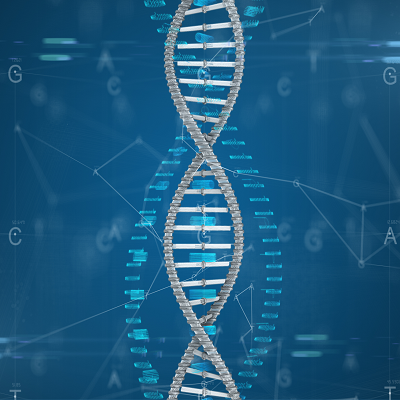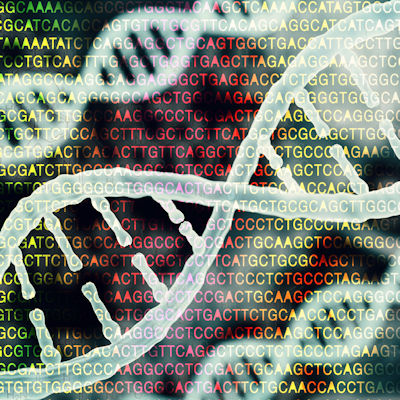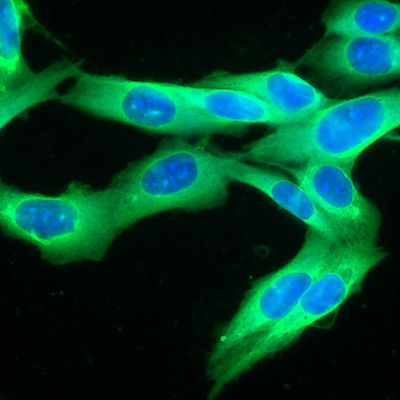May 8, 2023 -- Massachusetts Institute of Technology (MIT) engineers have developed a technique to analyze the organization of the genome at a resolution 100 times higher than was previously possible.
Their research, published Monday in Nature Genetics, indicates that many genes interact with dozens of different regulatory elements. Determining which genes interact with specific regulatory elements could help reveal how certain diseases arise and, potentially, how to treat them.
Much of the human genome is made of regulatory regions that control which genes are expressed at a given time within a cell. Regulatory elements such as enhancers -- short DNA sequences that can help activate the transcription of a gene -- can be located near a target gene or up to two million base pairs away. To enable those interactions, the genome loops itself in a 3D structure that brings distant regions close together. The researchers' new technique maps these interactions at high resolution.
A previously developed method called Hi-C revealed that the genome is organized as a fractal globule, which allows cells to tightly pack DNA but also allows the DNA to unfold and refold when needed. However, Hi-C has limited resolution to distinguish specific interactions between genes and regulatory elements.
A more recent technology called Micro-C achieves higher resolution by using an enzyme known as micrococcal nuclease to chop up the genome. Hi-C's restriction enzymes cut the genome into specific randomly distributed DNA sequences, resulting in DNA fragments of varying and larger sizes. By contrast, micrococcal nuclease uniformly cuts the genome into nucleosome-sized fragments, each of which contains 150 to 200 DNA base pairs. This uniformity of small fragments grants superior resolution.
However, since Micro-C mapping of the entire human genome would cost more than $1 billion, the team devised a way to perform a more targeted sequencing of the genome's interactions, allowing them to focus on genome segments containing genes of interest. The method, called Region Capture Micro-C, can inexpensively generate maps 100 times richer in information than other techniques for a fraction of the cost.
The researchers focused on five regions varying in size from hundreds of thousands to two million base pairs, chosen based on interesting features that had been found previously. These included a well-characterized gene called Sox2, which plays a key role in embryonic tissue formation.
After capturing and sequencing the DNA segments of interest, the researchers found many enhancers that interacted with Sox2, as well as previously unseen interactions between nearby genes and enhancers. While researchers had previously seen only two or three multiple interactions from a single DNA segment, here they observed some genes interacting with as many as 50 other DNA segments; on average, each interacting site contacted about 25 others.
"Now we have a method for getting ultra-high-resolution 3D genome structure maps in a very affordable manner," Anders Sejr Hansen, the senior author and an MIT assistant professor of biological engineering, said in a statement. The researchers said that they hope further study will shed more light on the fundamental question of how genes are regulated.
Copyright © 2023 scienceboard.net
















